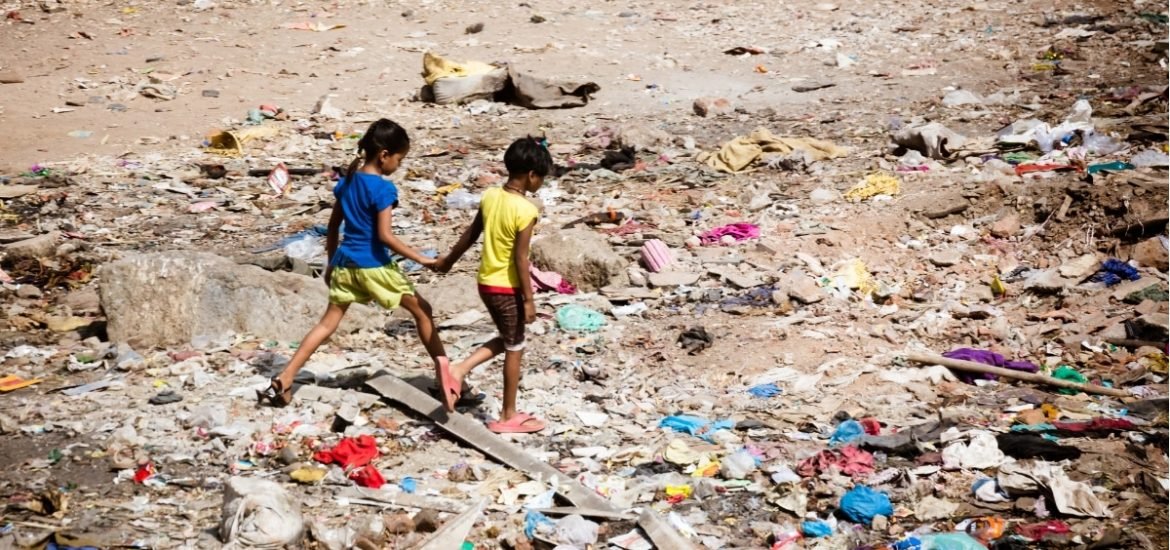
An updated version of the iconic report to the Club of Rome entitled “The Limits to Growth” was released on 17 October ― the 50th anniversary of the initial predictions ― and paints the same dreary picture of the Earth’s fate (1). The individual researchers involved in the latest study are part of the so-called SDGinPB initiative (#SDGinPB) originating from the Stockholm Resilience Centre at Stockholm University and BI Norwegian Business School in Oslo.
The original report, released on the eve of the 1973 oil crisis ― when the Arab-dominated Organization of Petroleum Exporting Countries (OPEC) placed an embargo on oil exports to the United States and other nations during the Yom Kippur War ― painted a dreary picture for the future of humanity. Based on a computer model used to calculate likely future outcomes of the world’s economy, the researchers predicted the planet’s resources would be depleted owing to economic and population growth leading to economic collapse by 2070. At the time, some economists referred to the conclusions as “irresponsible nonsense” and the original findings were met with controversy owing to a number of assumptions in relation to the expected duration of natural resources.
In the recent study, the team of researchers from Scandinavia, the UK, and Germany used an Earth-system model that combines socio-economic and biophysical variables and incorporated both new and historical socio-economic data. While the goal of attaining socially inclusive and prosperous global development by meeting the defined set of United Nations’ Sustainable Development Goals (SDGs) ― social, environmental and prosperity targets for 2030 ― within environmental limits is a noble endeavor, the findings suggest accelerated economic growth would mean the world will be unable to meet the SDGs.
According to the study, the world is on track to meet only 10 of 17 SDGs and attempting to achieve the social SDGs using conventional policy tools may come at the expense of the environmental goals, such as stabilizing the climate, decreasing pollution, and maintaining biodiversity. Dual adoption of SDGs the and the Paris Climate Agreement represents “a global turning point” and is the first universal development plan that considers both humanity and planetary boundaries. But the authors say, “we are running out of time” and “it is time to rise together to take on the grand challenge.”
The authors write, “We have entered a new geological epoch, the Anthropocene, where our modern world constitutes the largest driver of change on Earth,” but they also identify a “smarter pathway to success through five transformative and synergistic actions” that can only be achieved if governments begin to adopt unconventional and more sustainable policies. Some of the approaches they suggest include the immediate transformation of energy systems, more widespread family planning to stabilize populations, and actively encouraging the even distribution of wealth to ensure that the richest 10% are not taking more than 40% of the total global income.
Based on these new findings, the original document has been vindicated and the authors now call on world leaders to think-outside-the-box.
(1) Transformation is feasible – How to achieve the Sustainable Development Goals within Planetary Boundaries. 2018. Randers, J. et al. A report to the Club of Rome from Stockholm Resilience Centre and BI Norwegian Business School.